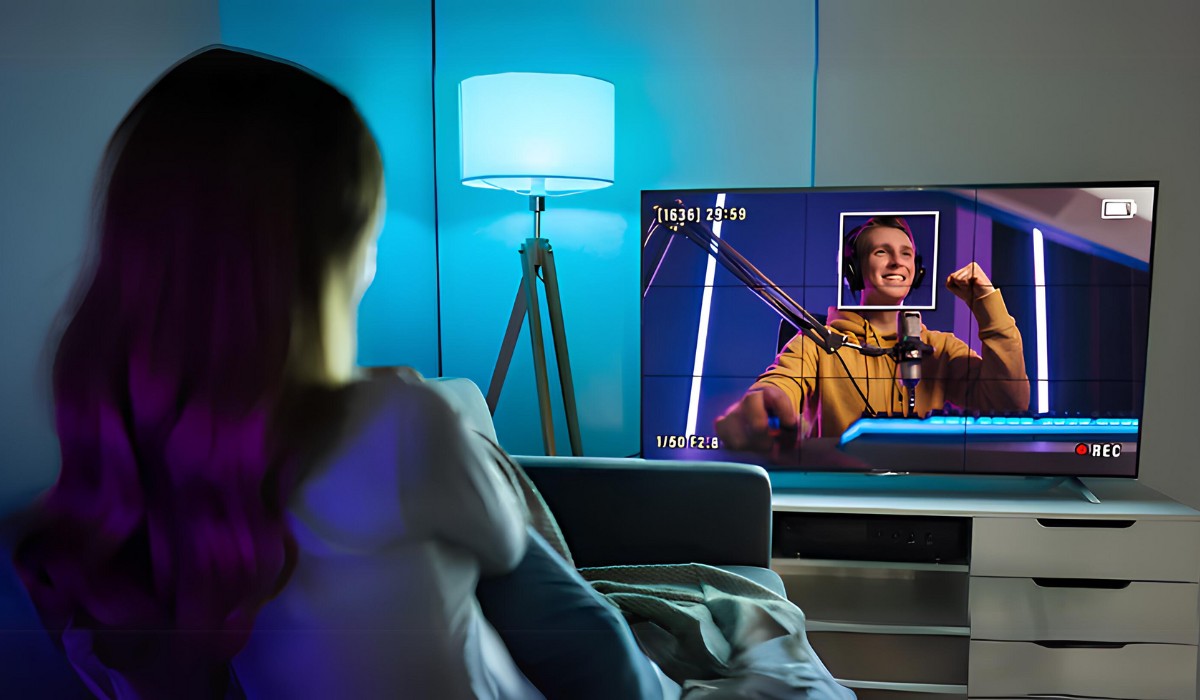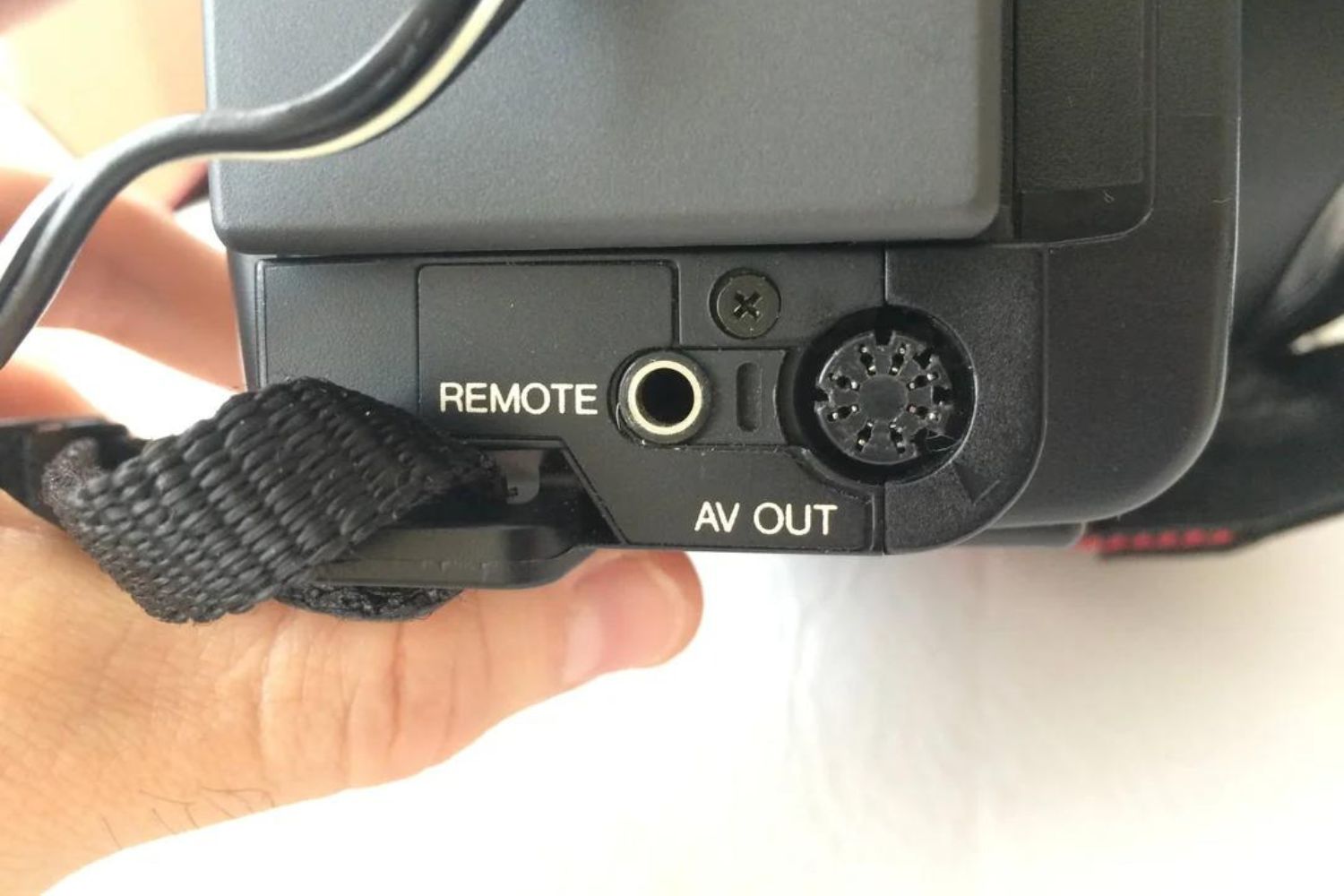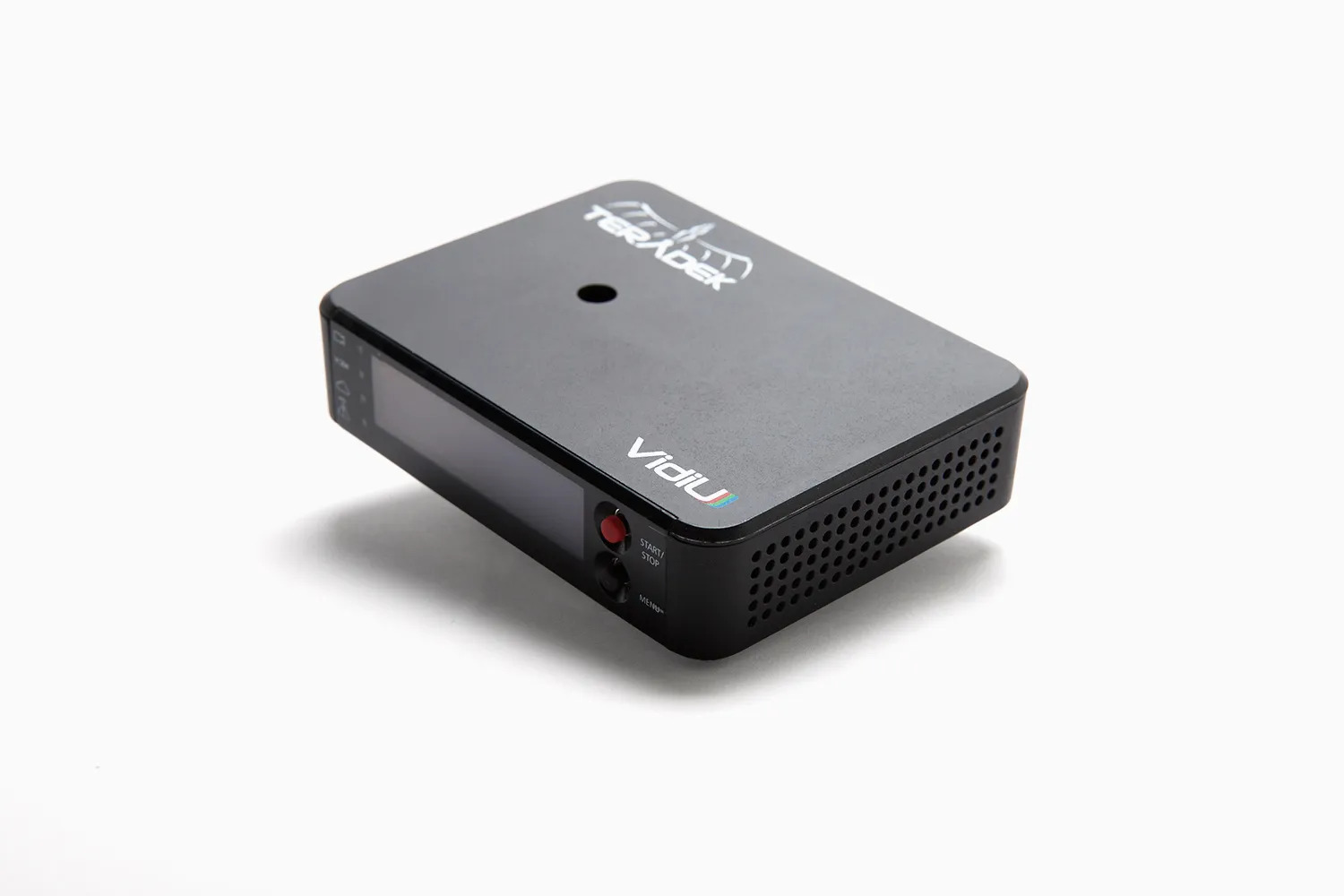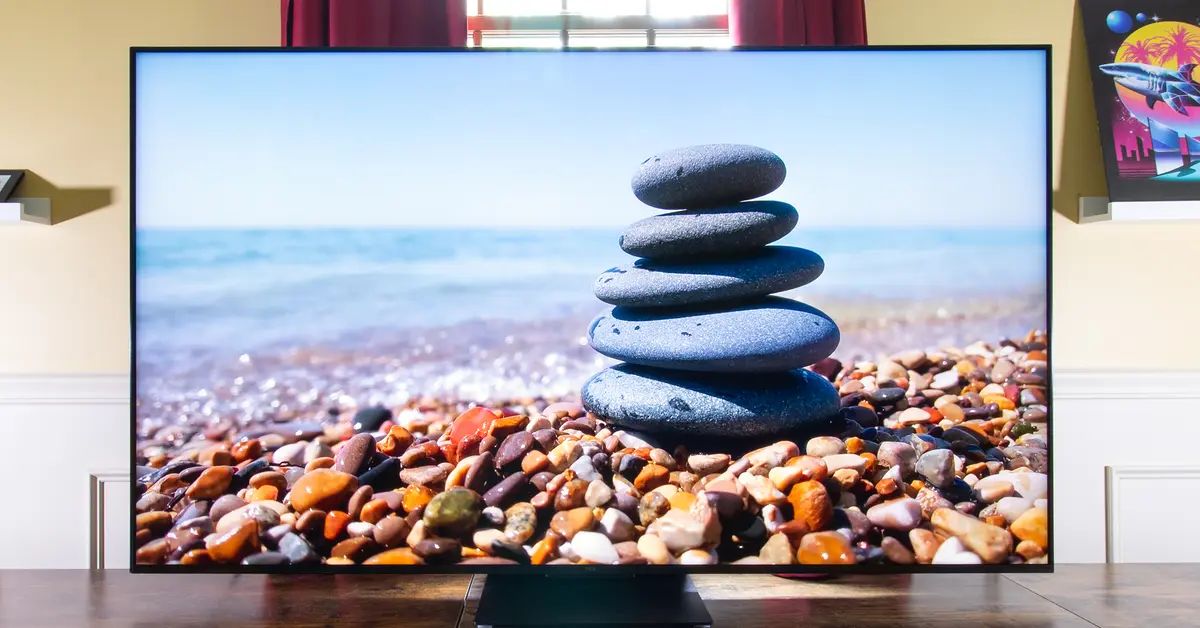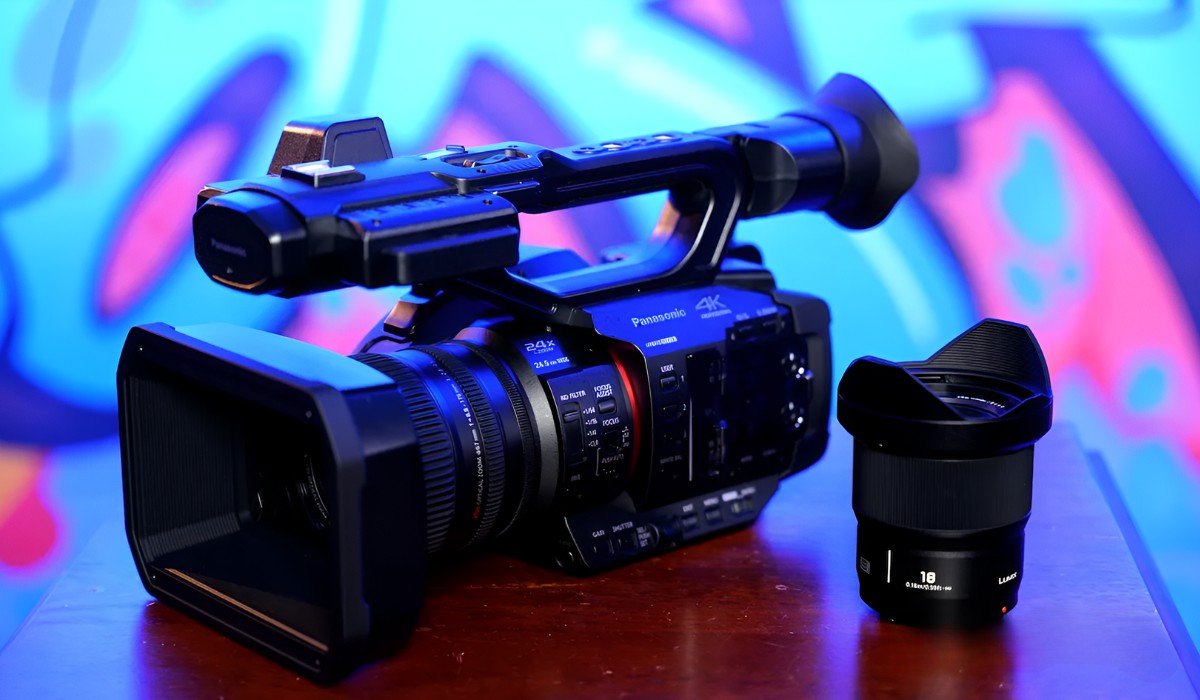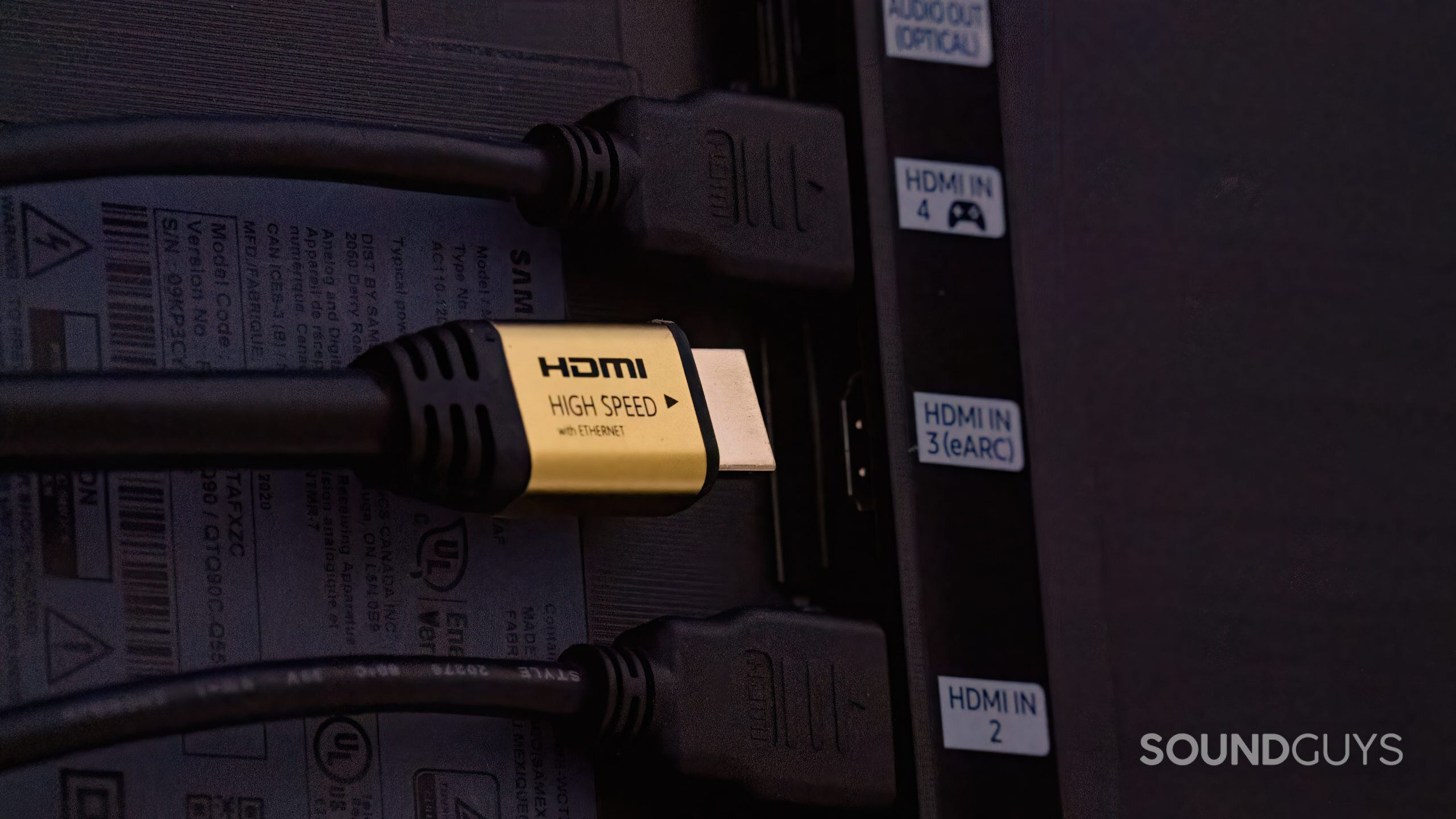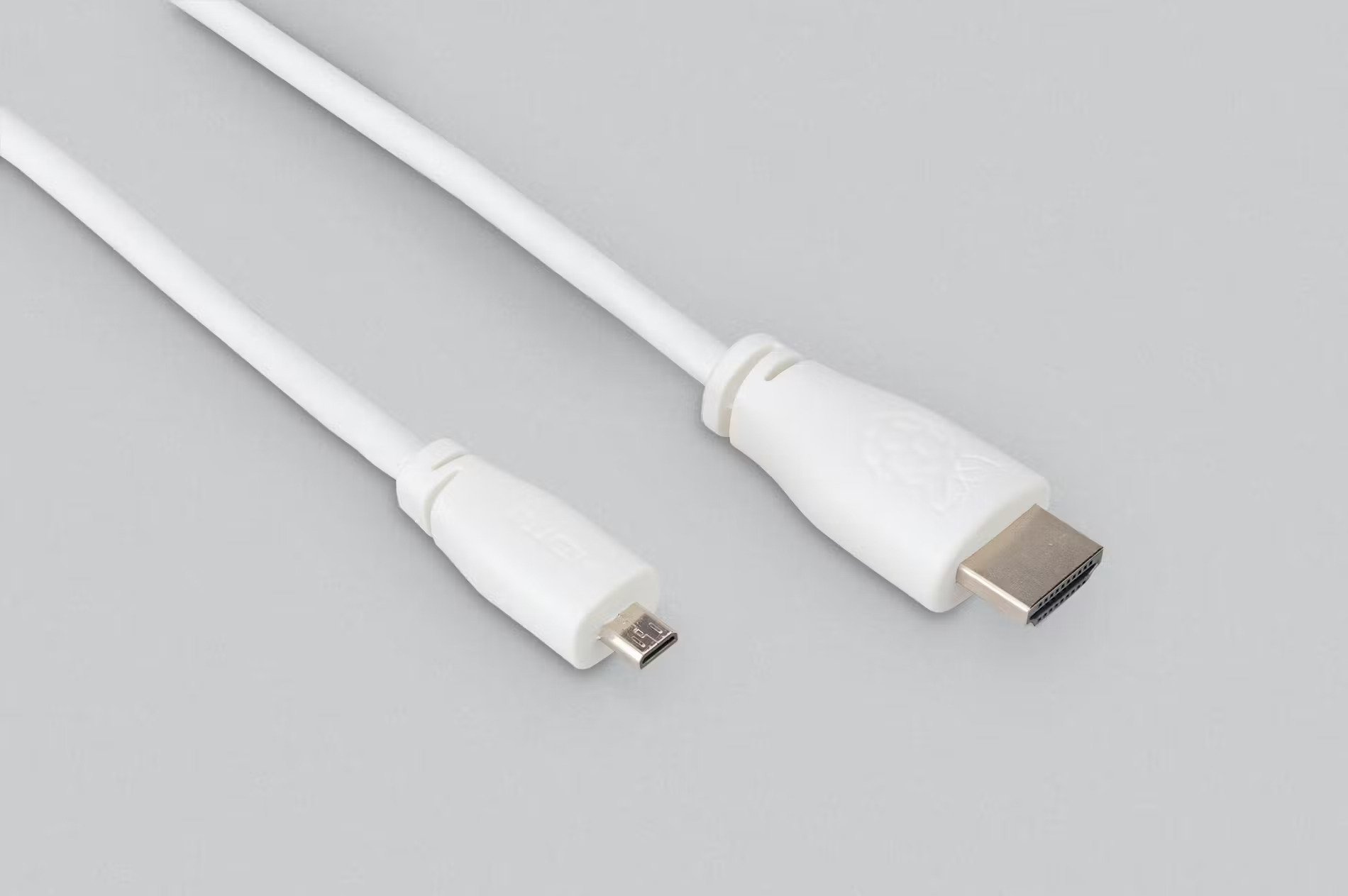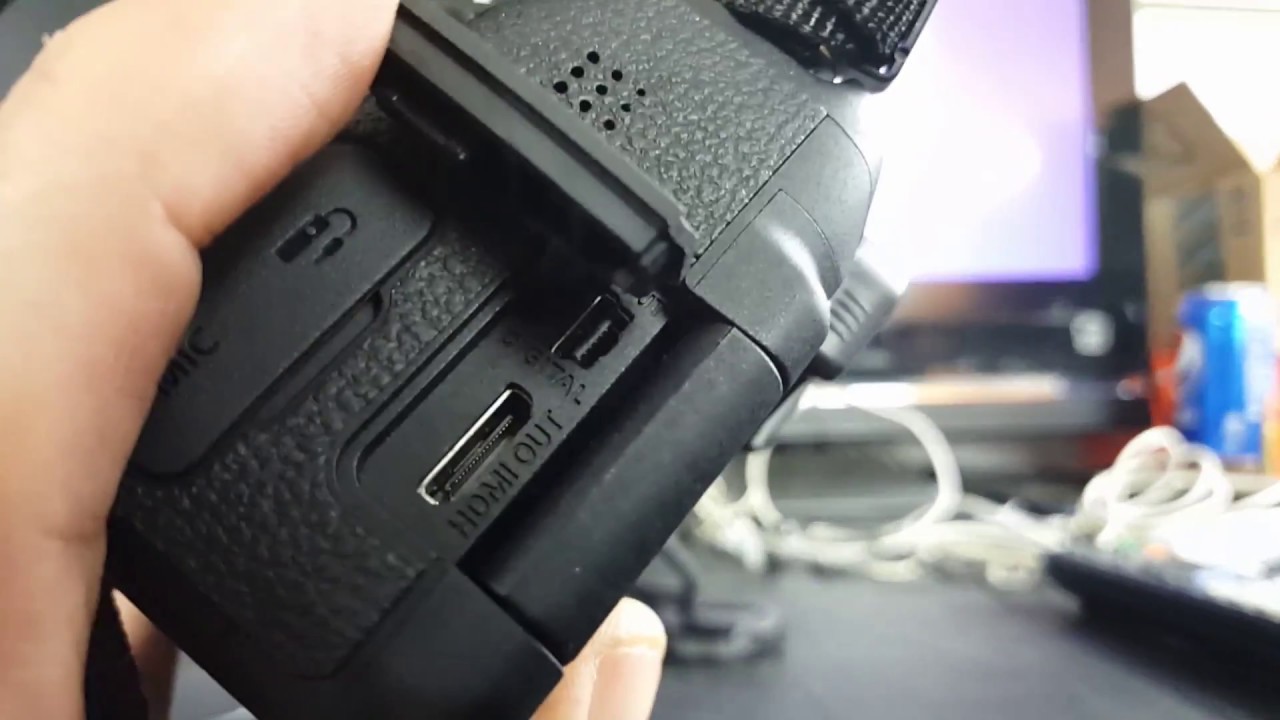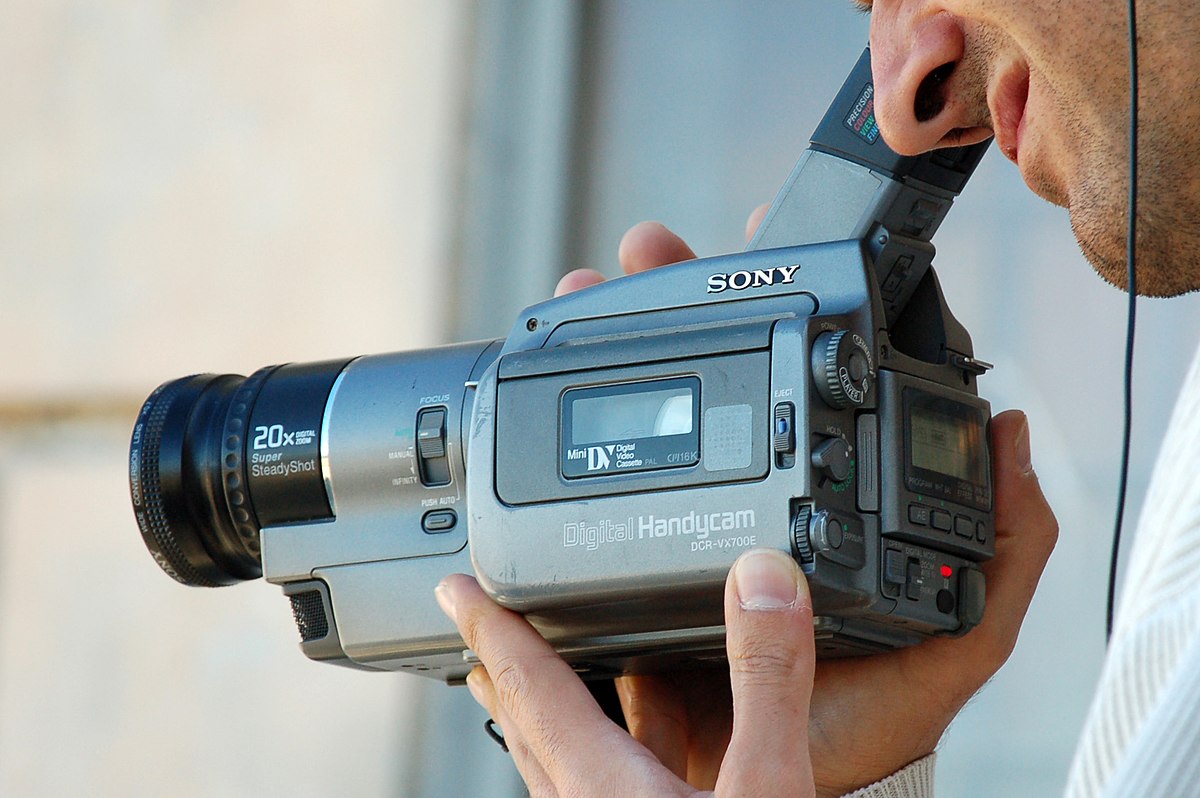Introduction
Are you eager to relive your favorite memories captured on your camcorder on a larger screen? Streaming your camcorder footage to your TV can transform your viewing experience, allowing you to immerse yourself in the details and emotions of each moment. Whether it's a family vacation, a milestone celebration, or a creative project, sharing these memories on a grand scale can make them even more impactful.
Streaming from a camcorder to a TV opens up a world of possibilities, from sharing special moments with loved ones to showcasing your creative endeavors. By understanding the various methods available for connecting your camcorder to your TV, you can seamlessly transition from recording to watching and sharing your videos.
In this guide, we will explore the different ways to stream content from your camcorder to your TV. Whether you prefer the simplicity of a wired connection or the convenience of wireless streaming, there are options to suit your preferences and technical setup. From HDMI and AV cables to streaming devices and wireless technologies, each method offers unique advantages to enhance your viewing experience.
Join us as we delve into the world of camcorder-to-TV streaming, unlocking the potential to relive and share your cherished memories in a whole new light. Let's explore the possibilities and discover the best way to bring your camcorder footage to life on the big screen.
Connecting Camcorder to TV
Before embarking on your journey to stream your camcorder footage to your TV, it is essential to understand the available options for establishing a connection. Depending on your camcorder model and the input ports on your TV, you can choose from a variety of methods to achieve seamless playback on the big screen. Let’s explore the most common ways to connect your camcorder to your TV and start enjoying your videos in a larger-than-life format.
When it comes to connecting your camcorder to your TV, there are several options to consider, each with its own set of advantages and considerations. Whether you opt for a wired connection using HDMI or AV cables or prefer the convenience of wireless streaming, understanding the capabilities of your equipment and the available connectivity options is crucial for a smooth and enjoyable viewing experience.
By exploring the various methods of connecting your camcorder to your TV, you can make an informed decision based on your specific requirements and preferences. Whether you prioritize high-definition playback, simplicity of setup, or wireless convenience, there is a solution that aligns with your needs. Let’s dive into the details of each connection method to understand how you can seamlessly bridge the gap between your camcorder and TV.
Using HDMI Cable
One of the most popular and efficient methods for streaming content from your camcorder to your TV is through the use of an HDMI (High-Definition Multimedia Interface) cable. This technology enables the transmission of high-quality audio and video signals through a single cable, delivering stunning clarity and immersive sound to enhance your viewing experience.
To connect your camcorder to your TV using an HDMI cable, ensure that both your camcorder and TV are equipped with HDMI ports. Most modern camcorders and TVs feature HDMI connectivity, making it a convenient and widely compatible option for seamless playback.
The process of connecting via HDMI involves simply plugging one end of the HDMI cable into the HDMI output port on your camcorder and the other end into an available HDMI input port on your TV. Once the physical connection is established, your TV may automatically detect the camcorder and switch to the corresponding input source, allowing you to enjoy your videos on the big screen without any complicated setup.
Using an HDMI cable offers numerous advantages, including high-definition video and audio transmission, a single-cable solution for both audio and video signals, and widespread compatibility across a variety of devices. Whether you’re showcasing your latest travel adventures or reliving precious family moments, the crisp visuals and immersive sound delivered through HDMI connectivity can elevate your viewing experience to new heights.
Additionally, HDMI cables come in various lengths, allowing flexibility in positioning your camcorder and TV to suit your preferences. Whether you’re presenting a slideshow of your latest photography project or sharing a home video with friends and family, the versatility and reliability of HDMI connectivity make it a popular choice for streaming content from your camcorder to your TV.
Using AV Cable
Another method for connecting your camcorder to your TV involves the use of an AV (Audio-Video) cable, also known as a composite or RCA cable. While HDMI has become the standard for high-definition connectivity, AV cables remain a viable option for older camcorder models and TVs that may not support HDMI.
AV cables typically consist of three connectors: yellow for video and red and white for audio. To establish a connection using an AV cable, locate the AV output ports on your camcorder and the corresponding AV input ports on your TV. Ensure that the colors of the connectors match the ports to ensure proper transmission of video and audio signals.
Once the connections are made, select the appropriate input source on your TV to begin playback of your camcorder footage. While AV cables may not deliver the same level of high-definition clarity as HDMI, they provide a reliable and accessible means of sharing your videos on the TV screen.
It’s important to note that some modern TVs may not have dedicated AV input ports, requiring the use of an HDMI converter to facilitate the connection. These converters allow you to adapt the AV output from your camcorder to an HDMI input on your TV, ensuring compatibility and seamless playback.
While AV cables may not offer the same level of visual fidelity as HDMI, they remain a practical solution for connecting older camcorders to TVs and can be a cost-effective option for those seeking a simple and reliable connection method. Whether you’re revisiting cherished family moments or sharing a creative project, AV cables provide a straightforward means of bringing your camcorder footage to life on the TV screen.
Using Streaming Devices
Streaming devices offer a versatile and convenient way to bridge the gap between your camcorder and TV, enabling wireless connectivity and seamless playback of your videos. These devices, such as media streamers and smart TV dongles, allow you to transmit content from your camcorder to your TV without the need for physical cables, offering flexibility and ease of use.
One popular option for streaming content from your camcorder to your TV is the use of media streamers, such as Roku, Amazon Fire TV, or Apple TV. These devices connect to your TV via HDMI and provide access to various streaming services and apps. Additionally, they often feature the capability to receive content from compatible devices, including camcorders, through wireless or network connectivity.
To utilize a media streamer for streaming camcorder footage, ensure that your camcorder and the streaming device are connected to the same network. Many media streamers support screen mirroring or casting functionality, allowing you to display your camcorder’s screen on the TV wirelessly. This method provides a user-friendly and versatile way to share your videos with an audience, whether it’s a family gathering or a creative presentation.
Another option for wireless streaming is the use of smart TV dongles, such as Google Chromecast or Amazon Fire TV Stick. These compact devices plug directly into your TV’s HDMI port and enable wireless streaming from compatible devices, including camcorders. By leveraging the screen mirroring or casting features of these devices, you can effortlessly showcase your camcorder footage on the big screen without the constraints of physical cables.
Streaming devices offer a modern and flexible approach to sharing your camcorder videos on the TV, providing wireless connectivity and compatibility with a wide range of devices. Whether you’re capturing breathtaking landscapes or documenting special moments, the convenience and versatility of streaming devices make them a compelling choice for bringing your camcorder footage to life on the TV screen.
Using Wi-Fi or Bluetooth
Wi-Fi and Bluetooth technologies offer wireless connectivity options for streaming content from your camcorder to your TV, providing flexibility and convenience for sharing your videos on the big screen. By leveraging these wireless technologies, you can eliminate the need for physical cables and enjoy seamless playback of your camcorder footage with ease.
Many modern camcorders are equipped with built-in Wi-Fi capabilities, allowing you to establish a direct connection to your TV or compatible streaming devices. Through the camcorder’s Wi-Fi functionality, you can initiate screen mirroring or wireless content transmission, enabling you to display your videos on the TV without the constraints of physical connections.
When utilizing Wi-Fi for streaming, ensure that both your camcorder and TV are connected to the same network, facilitating seamless communication between the devices. This method offers a convenient and versatile way to share your videos, whether you’re hosting a movie night with friends or showcasing your latest creative endeavors.
Similarly, Bluetooth technology can provide a wireless solution for connecting your camcorder to your TV, particularly in scenarios where Wi-Fi connectivity may not be available. Some camcorders feature Bluetooth capabilities, allowing for direct pairing with Bluetooth-enabled TVs or audiovisual equipment. By establishing a Bluetooth connection, you can effortlessly transmit your camcorder footage to the TV, enhancing the accessibility and convenience of sharing your videos.
Whether you opt for Wi-Fi or Bluetooth, wireless connectivity options offer a modern and flexible approach to streaming content from your camcorder to your TV. By embracing the convenience of wireless technologies, you can seamlessly showcase your videos on the big screen, fostering engaging and immersive viewing experiences for yourself and your audience.
Conclusion
Streaming your camcorder footage to your TV opens up a world of possibilities, allowing you to relive cherished memories and share your creative endeavors on a larger scale. By exploring the various methods of connecting your camcorder to your TV, you can tailor your approach to suit your specific preferences and technical setup.
Whether you opt for the high-definition clarity of HDMI, the accessibility of AV cables, the versatility of streaming devices, or the convenience of Wi-Fi and Bluetooth, each method offers unique advantages for bringing your camcorder footage to life on the TV screen. Understanding the capabilities of your equipment and the available connectivity options empowers you to seamlessly transition from recording to watching and sharing your videos.
As technology continues to evolve, the landscape of camcorder-to-TV streaming continues to expand, offering innovative solutions to enhance your viewing experience. Whether you’re capturing everyday moments or embarking on creative projects, the ability to stream your camcorder footage to your TV provides a gateway to immersive and engaging storytelling.
Embrace the possibilities and discover the best way to bring your camcorder footage to life on the big screen. Whether you’re gathering with loved ones to reminisce about past adventures or showcasing your latest video creations, the seamless connectivity between your camcorder and TV can elevate the impact of your videos, fostering memorable and captivating viewing experiences.







